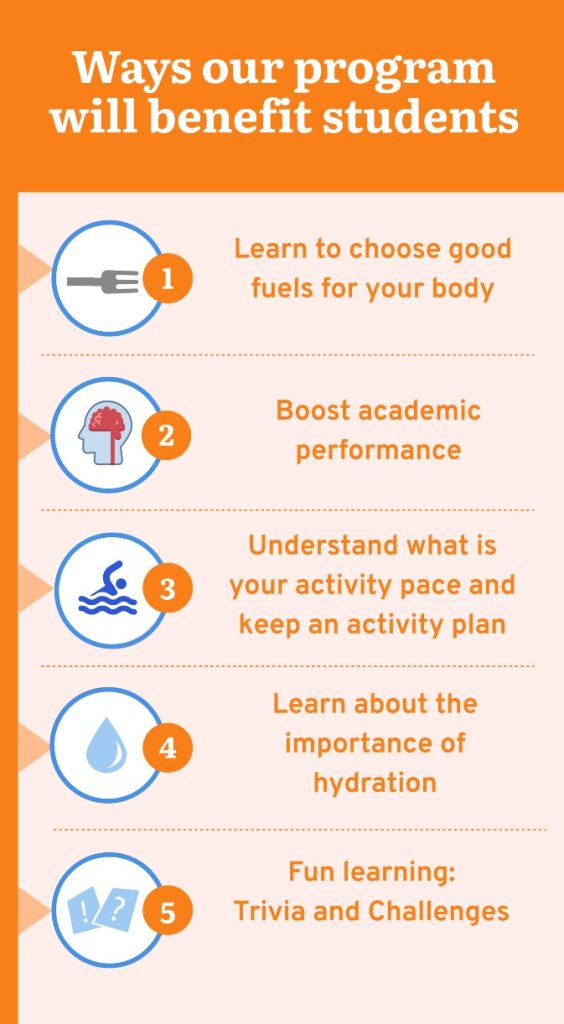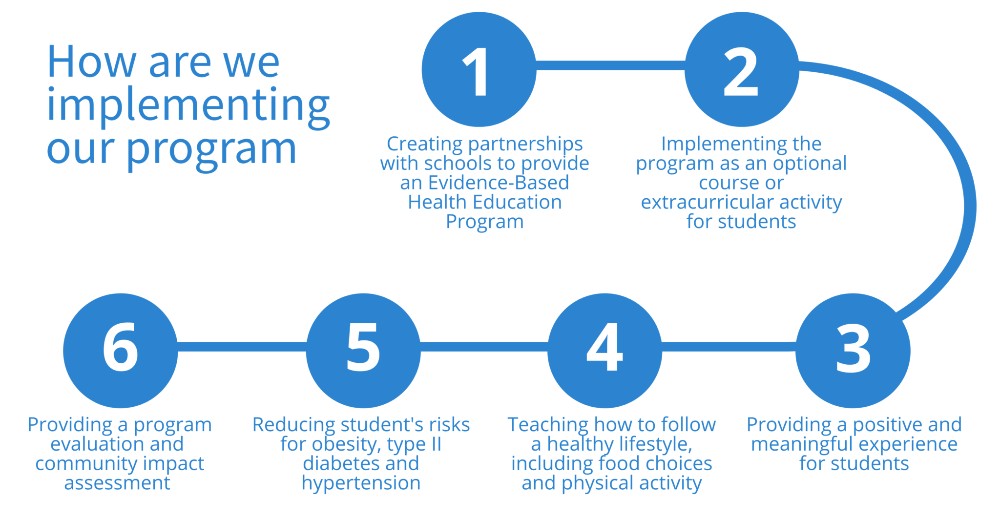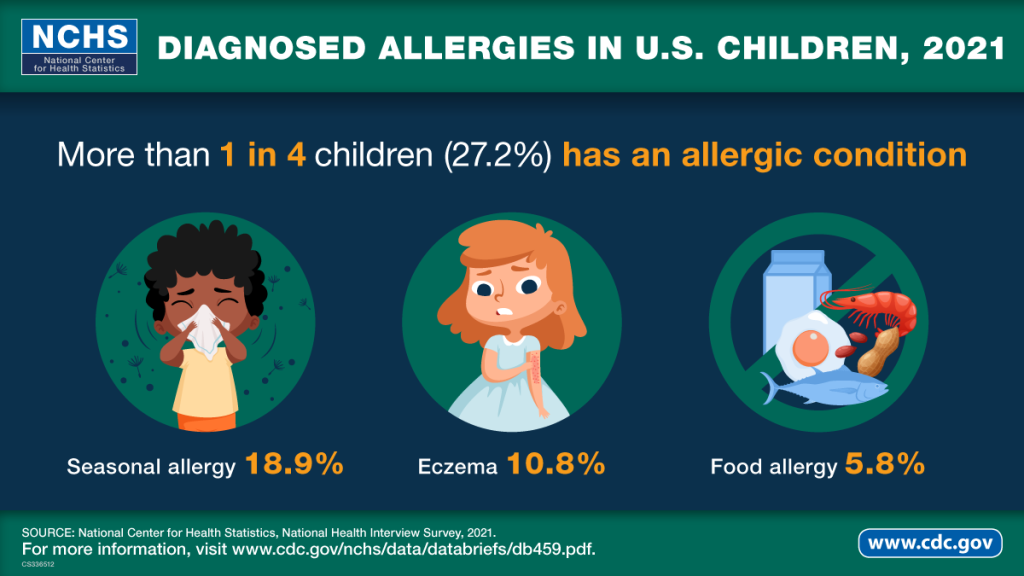Our school-based health and wellness education program is a valuable resource for improving student health outcomes:
Teach children to eat nutritious foods and consistently engage in physical activity to ensure they are:
Investing in early health and wellness intervention will positively contribute to the academic success of your school community while supporting the social-emotional development of your students.




Obesity
Obesity prevalence in children and adolescents aged 2-19 is 18.5%. Among 12 to 19 years old, obesity prevailed at 20.6%. Moreover, childhood obesity is more common among certain populations. Hispanic children had a prevalence of 25.8% and non-Hispanic Black children had a prevalence of 22.0%.
Inadequate Bone Health
Diet and physical activity are responsible for 10%-50% of bone mass and structure.
Iron Deficiency
Among females, the prevalence of iron deficiency is 9%. Children and adolescents who are overweight or obese are twice as likely to be iron deficient.
Eating Disorders:
In 2009, a national sample of high school students showed that 11% of students had gone without eating for more than 24 hours, 5% had taken diet pills, powders, or liquids without a physician’s advice, and 4% had vomited or taken laxatives to lose weight or to keep from gaining weight during the 30 days before the survey.
Cardiovascular Disease
Heart disease is the leading cause of death in the United States, and studies indicate that risk factors occur more frequently in obese children.
Cancer
Cancer is the second leading cause of death in the United States, and lifestyle-related risk factor play a major role in many types of cancer.
Diabetes
About one-third of American youth are overweight, which is a problem closely related to the increase in kids with type 2 diabetes.
During the last 3 decades, the prevalence of obesity has tripled among persons aged 6–19 years.
Obesity in children and adolescents is associated with numerous immediate health risks, including high blood pressure, high blood cholesterol levels, type 2 diabetes, metabolic syndrome, sleep disturbances, orthopedic problems, and social and psychological problems, such as discrimination and poor self-esteem.
The objective of this program is to help prevent obesity and promote physical activity and healthy eating.
The most effective strategy to achieve that goal is the implementation of an Evidence-Based Healthy Eating and Physical Activity Program.

Healthy eating in childhood and adolescence is important for proper growth and development and to prevent many health conditions. National Nutrition Month® is a good time to teach children about healthy eating in school and at home. Check out our new web feature for ways parents and schools can work together to support children in eating healthier.


National School Breakfast Week celebrates the importance of a nutritious school breakfast in fueling students for success. This special observance during the first week of March celebrates the national School Breakfast Program and the many ways it gives kids a great start every day. It is a reminder of how critical nutritious school meals are to our future leaders. Learn more about the School Breakfast Program School Breakfast Program. | Food and Nutrition Service (usda.gov)

USDA Team Nutrition has updated the Discover MyPlate: Nutrition for Education for Kindergarten resources. Discover MyPlate is fun and inquiry-based nutrition education that fosters the development of healthy food choices and physically active lifestyles during a critical developmental and learning period for children—kindergarten. Team Nutrition has expanded the set to include additional foods, Spanish-language components, and new materials showing where food comes from. Find free resources in English and Spanish.

Students who get enough sleep stay focused and improve concentration and academic performance. Schools can add sleep education to the K–12 curriculum to help children and adolescents learn why sleep is important to maintain a healthy lifestyle. Lessons in sleep patterns and sleep disorders, snoring, drowsy driving, and insomnia are among topics teachers can cover in the classroom to help students develop healthy sleep habits. Learn more at Sleep and Health | Healthy Schools | CDC.

The National Center for Health Statistics reports that the percentage of children with certain allergic conditions has increased over previous decades. Seasonal allergies, which includes hay fever, allergic rhinitis, and allergic conjunctivitis, cause sneezing, cough, runny nose, and itchy eyes. Eczema, also known as atopic dermatitis, causes itchy, bumpy rashes and thickened skin that can appear anywhere on the body. Food allergies can cause hives, vomiting, trouble breathing, or throat tightening. The report describes the percentage of children who had diagnosed seasonal allergy, eczema, or food allergy by sex, age, and race and Hispanic origin from the 2021 National Health Interview Survey.